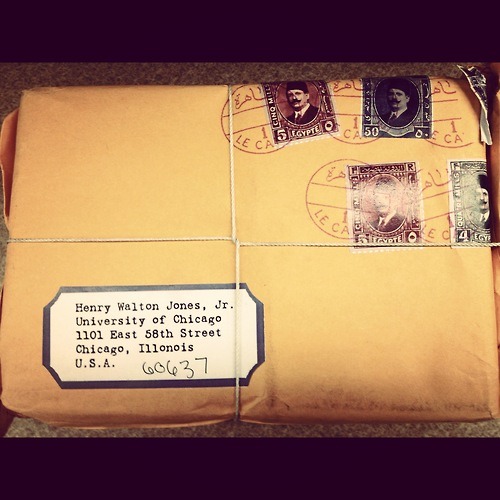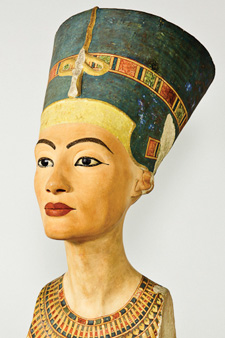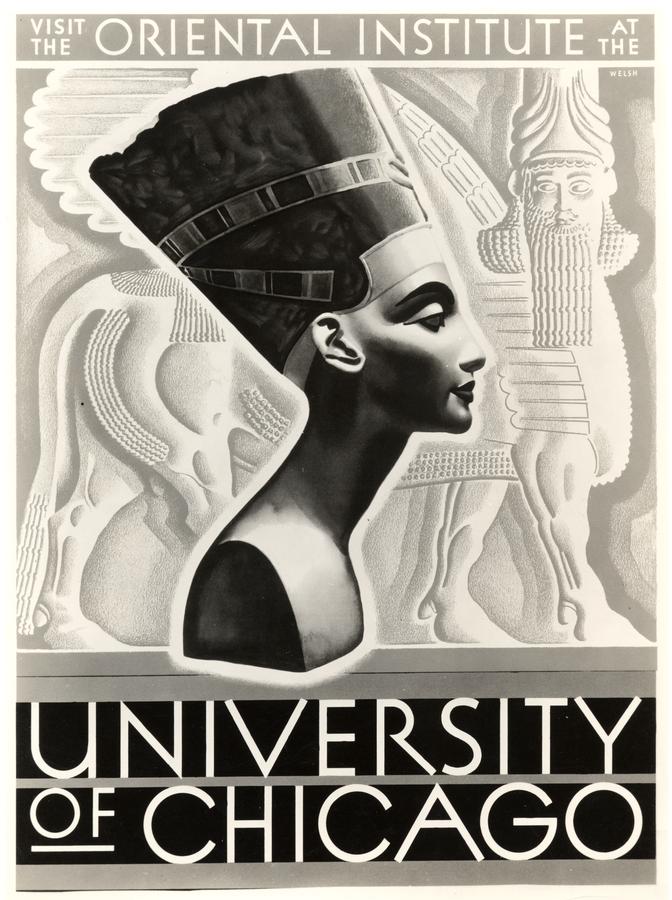You'll find the lyrics over here.
I never thought it could have happened to me.
But on the morning of my eldest daughter's
Second wedding, I blacked out.
They said it was just stress, but I didn't think so:
I couldn't remember the 15 minutes before.
A white-haired half Samoan girl from Darwin
Gave me a ride, it seems; she let me the car in.
But what it was she said, I couldn't say.
Now, that clearly didn't happen. I consulted my Egyptian Grammar.
On p. 333 was the hieroglyph for motorcycle helmet.
I combined this with a leather-back's shell as I felt I was instructed.
I Xeroxed it and posted it down by the bike lock-ups at the Oriental Institute.
Maybe a nether-world entity would see it and pass it on to those responsible.
That kind of thing must happen sometimes.
Now that clearly didn't happen. I consulted by Egyptian Grammar.
On p. 428 was the hieroglyph for French Canal boat.
I met on the Midway someone channeling up a whatever it wasn't:
There are 17 sections of cymbals in the orchestra of the oversold, it said.
Your youth is lost and doesn't it now seem
You can't make smoke--only steam?
Now that clearly didn't happen. I consulted my Egyptian Grammar.There must be a back story. Who can help?
On p. 566 was the hieroglyph for a blue jay.
H/T to TS








 A
crumbling piece of plaster excavated from northern Iraq, showing the
shadowy outline of three standing figures, metamorphoses into a portrait
of Assyrian King Sargon II communing with a deity. That scene is then
incorporated into an artist’s imagined replication of an intricate wall
painting. In the process, the original object is transformed from rubble
to living witness, and what began as a shard of a lost culture is
elaborated into a rich narrative of a knowable past.
A
crumbling piece of plaster excavated from northern Iraq, showing the
shadowy outline of three standing figures, metamorphoses into a portrait
of Assyrian King Sargon II communing with a deity. That scene is then
incorporated into an artist’s imagined replication of an intricate wall
painting. In the process, the original object is transformed from rubble
to living witness, and what began as a shard of a lost culture is
elaborated into a rich narrative of a knowable past.




 The
Dance Council is a newly created co-curricular program with Theater and
Performance Studies, involving more then 300 students, 7 productions
annually, with a sweeping range of forms from
The
Dance Council is a newly created co-curricular program with Theater and
Performance Studies, involving more then 300 students, 7 productions
annually, with a sweeping range of forms from 






 Stumble It!
Stumble It!

